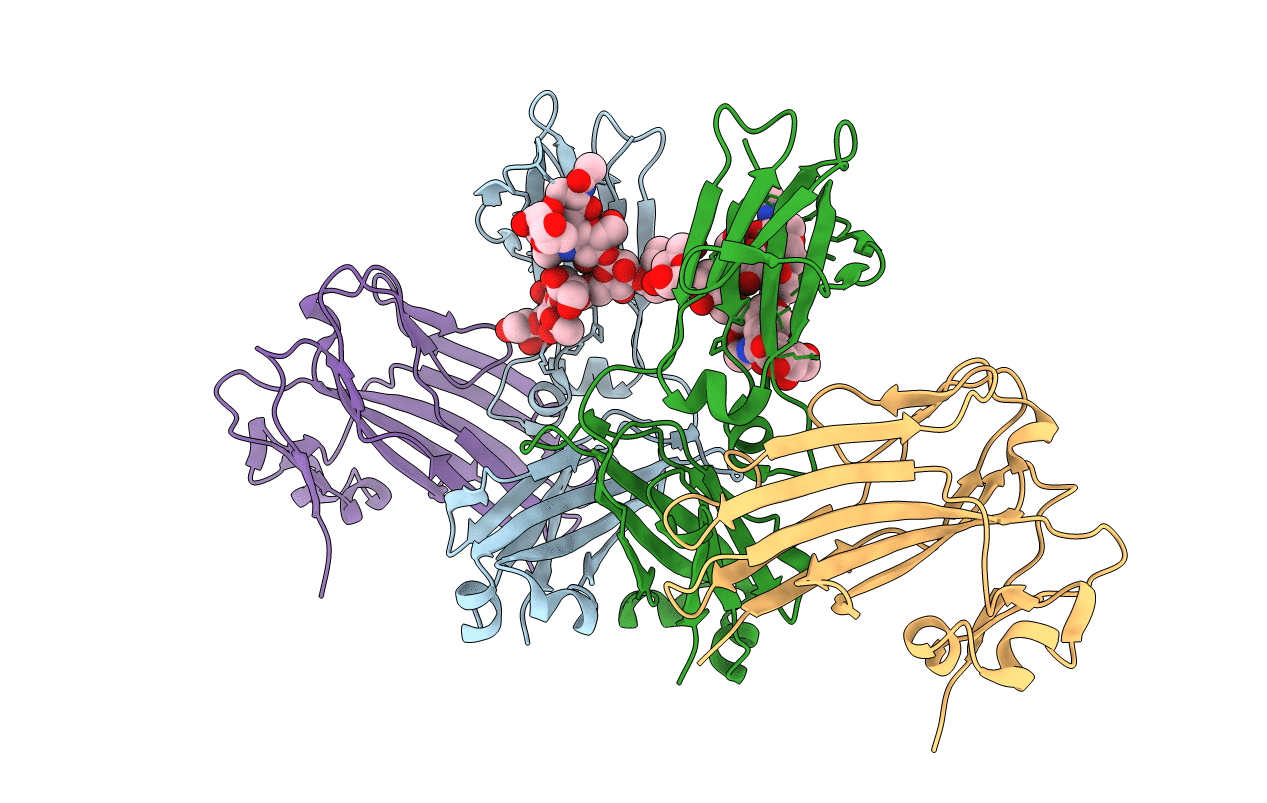
Deposition Date
2006-03-30
Release Date
2006-05-30
Last Version Date
2024-10-16
Entry Detail
PDB ID:
2GJ7
Keywords:
Title:
Crystal Structure of a gE-gI/Fc complex
Biological Source:
Source Organism:
Homo sapiens (Taxon ID: 9606)
Human herpesvirus 1 (Taxon ID: 10306)
Human herpesvirus 1 (Taxon ID: 10306)
Host Organism:
Method Details:


